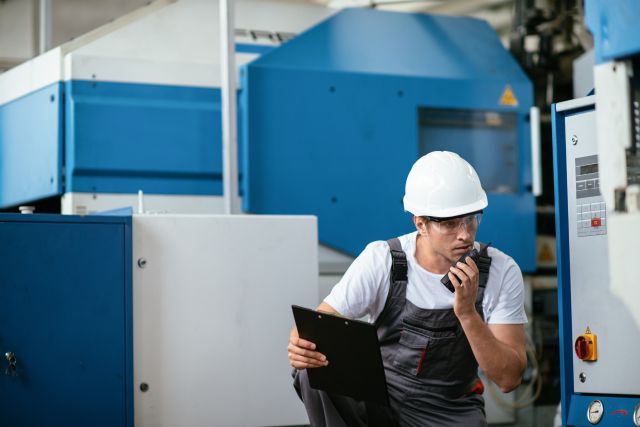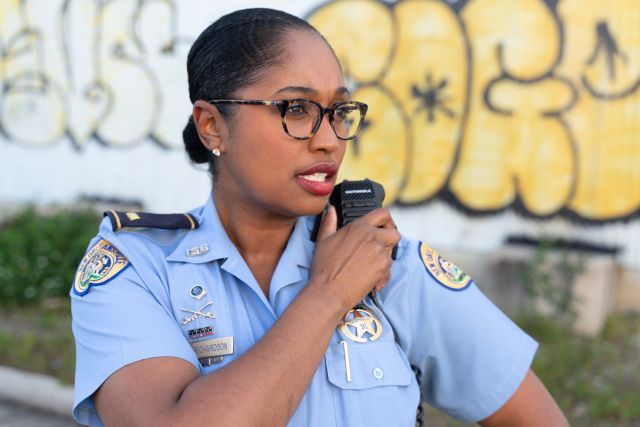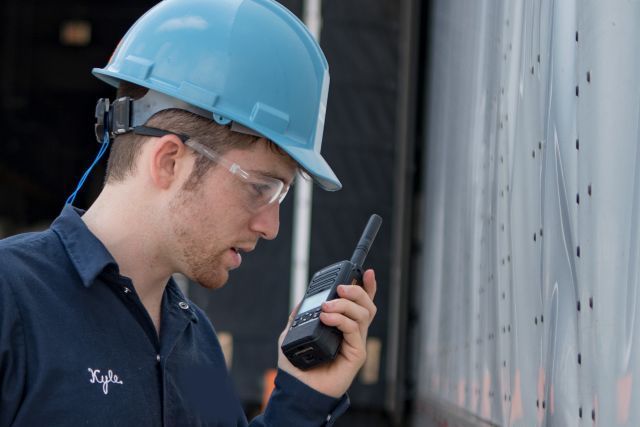DIGITAL VS ANALOG RADIOS
Traditionally, analog radios have provided reliable communication between team members, but digital radio has far expanded the capabilities of two-way voice communications. Digital radios provide superior voice quality at the reaches of coverage areas, double the capacity of an existing 12.5 kHz channel and up to 40% longer battery life on a single charge.
Analog Vs Digital Radio Communications
Analog Radios
From schools to airport, hotels to factories, two-way radios have empowered teams with reliable and durable voice communications since the 1930s. For decades, analog radios have provided a simplistic and easy-to-use experience for users, but as many businesses continue to evolve the need for clearer voice, expanded functionality and coverage has rapidly increased.
Where Does Analog Fall Short?
With analog radios, every noise that is picked up by the microphone is transmitted, making it difficult for users to understand each other in noisy environments. Radio interference creates static on analog radios and makes the conversation less intelligible. Voice gets garbled and the message must be repeated, especially the closer you move to the boundaries of coverage. Also, analog radios typically allow for only one two-way conversation at a time per channel, limiting your team’s ability to collaborate and conduct private conversations.
Digital Radios
As businesses continue to grow, so does the need for more reliable, real-time communication across multiple devices. Clear communication is critical to operating efficiently and digital two-way radios offer many advantages compared to analog communications including, enhanced voice quality, increased radio capacity, better signal coverage and extended battery life.
Four Reasons Digital Radios Outperform Analog Radios
Digital Radios offer many benefits vs. analog radios. Here’s a few:
- Better Voice Quality - Automatic error correction capabilities maintain the clarity of voice, even with background noise or a corrupted signal. Speech is digitally encoded, which means advanced algorithms can deliver clear voice in extreme conditions.
- Greater Capacity - Exceptional bandwidth far outreaches what analog can offer. In fact, it’s so efficient, it allows you to double the capacity of your existing 12.5kHz channel which can lower your licensing costs.
- Stronger Coverage - Digital performs better even at the far edges of coverage. Built-in error correction helps eliminate the static, background noise, and voice distortion that can occur with analog radios as you reach the limits of coverage.
- Longer Battery Life - While battery life is a challenge for all mobile devices, digital technology is much more efficient. Digital radios provide up to 40% longer battery life allowing MOTOTRBO radio users the ability to communicate the entire day without needing to recharge.
Get More With Digital
Not only does going digital boost the performance and efficiency of your radio communications, digital radios provide an entry-point to a range of integrated applications and solutions that can unify communications from end-to-end, transforming the way your business operates. This includes video and security, dispatch, work ticketing and more.

Ready to go digital?
It's time to bring enhanced performance and flexibility to your organization with digital two-way radios. See how easy it is to make the move.
Explore Two-way Radios From Motorola Solutions
APX™ Series P25
Two-Way Radios
Built for those who cannot compromise safety. Combining sophisticated technology with incredible toughness and precise ergonomic controls.
MOTOTRBO™ Professional
Two-Way Radios
Operations-critical radio products, designed for professional and commercial communications.
Business & Commercial
Two-Way Radio Systems
Ensure staff is connected at all times with easy-to-use, lightweight two-way radios. Designed to enable quick, discreet and efficient communication for businesses.



